The Riskiest States for Thanksgiving Cooking Fires
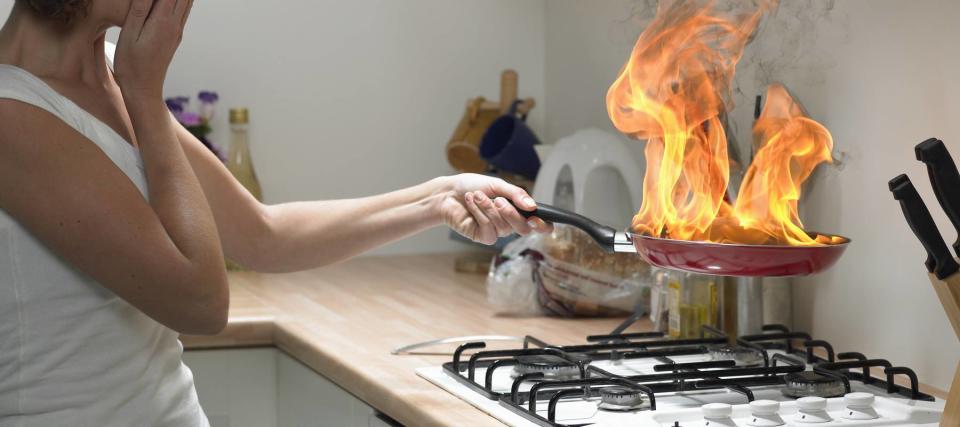
At Thanksgiving, your kitchen can be a very hazardous place.
Turkey day is the No. 1 day for cooking fires each year, with about four times the number seen on a typical day.
Cooking mishaps are the leading cause of fires and injuries in the home. Insurance giant State Farm says it paid out more than $118 million in homeowners insurance claims related to grease and other cooking fires in 2018.
We count down the 12 states with the heaviest losses from cooking and grease fires — at Thanksgiving and throughout the year — according to State Farm.
12. South Carolina
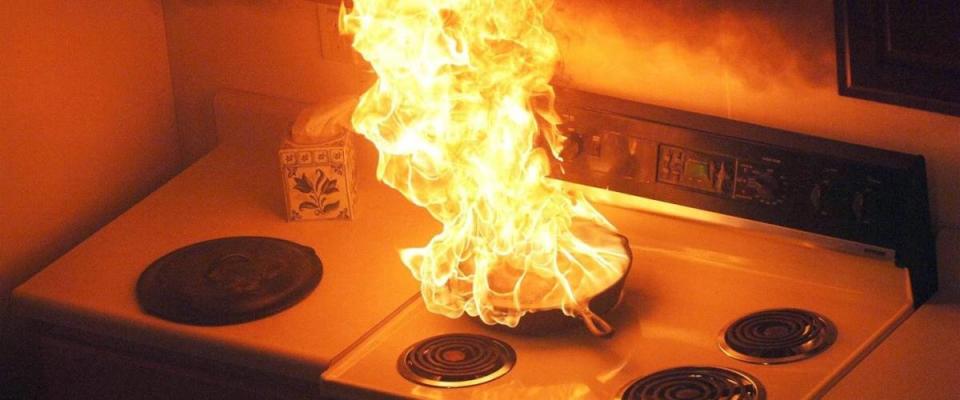
Nearly half of all house fires result from cooking mishaps.
Annual losses from cooking fires: $4.04 million
Cooking is responsible for about half (49%) of all house fires nationwide throughout the year, making it the top cause of fires in the home, says the National Fire Protection Association, or NFPA.
Kitchen equipment also is the source of 45% of all fire injuries in homes, as well as more than 1 in 5 residential fire deaths.
The NFPA says stay alert when you're cooking. Don't use the stove if you've been drinking or are drowsy.
11. Virginia
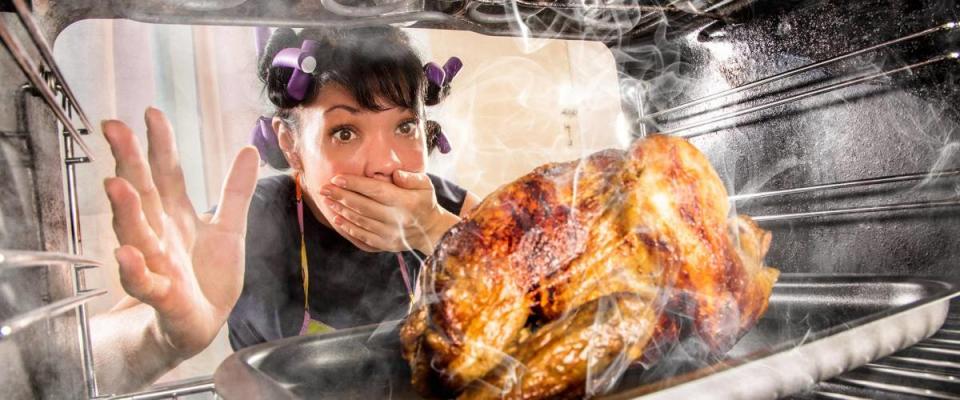
Don't lose track of food cooking in the oven.
Annual losses from cooking fires: $4.94 million
It can be easy to lose track of the time while cooking, so always use a timer to avoid burning foods.
A timer is especially important whenever you're baking, simmering or roasting something for several minutes or hours.
If you're throwing a party, you might want set the timer on your smartphone or watch — just in case you may have trouble hearing a timer in your kitchen over music or party conversations.
10. Maryland
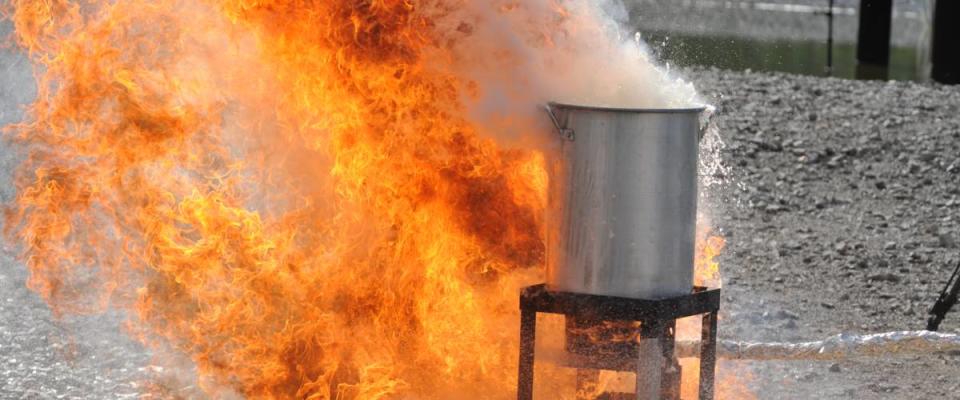
Turkey deep fryers are a newer source of fire danger around holidays.
Annual losses from cooking fires: $5.06 million
Turkey deep-fryers are a newer cause of cooking fires, especially during the extended holiday season from Thanksgiving to New Year's. A turkey fryer burst into flames on Thanksgiving Day 2018 in Maryland City, Maryland, but fortunately no one was hurt.
The risk of burns and property damage is so high that the NFPA says don't ever deep-fry your bird at home. Just don't do it. Instead, buy an already deep-fried turkey from a supermarket or restaurant.
If you're determined to do the frying yourself, State Farm says have an extinguisher close by, never leave the fryer unattended, and never use it on a deck or other wooden structure.
9. North Carolina
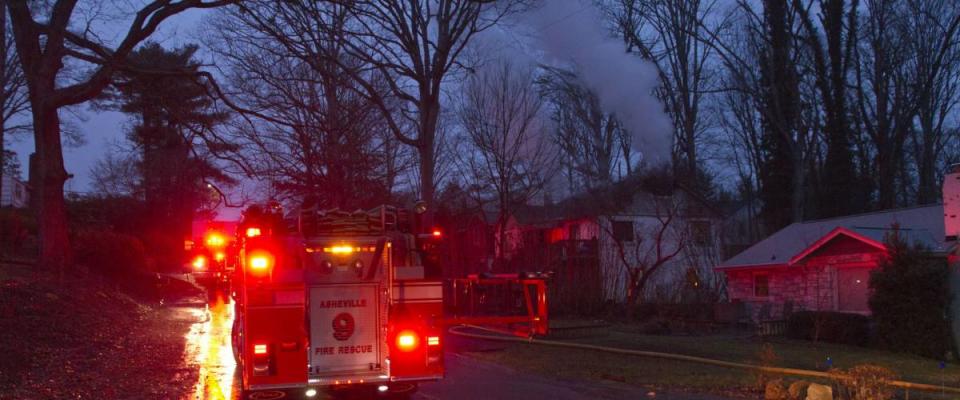
Firefighers respond to a house fire in Asheville, North Carolina.
Annual losses from cooking fires: $5.26 million
Make sure your kitchen is ready to handle the extra strain of Thanksgiving.
State Farm says that means keeping the oven, stovetop and other kitchen appliances clean and in good working order — not gunked up by dust, food remnants or grease. Always use kitchen equipment according to manufacturers' instructions.
Check appliance cords, to see that they're not frayed or melted. Be careful not to overload kitchen outlets with too many plugs, and don't allow electrical appliances to get too close to water.
8. Michigan

Make sure to keep working batteries in your smoke detector.
Annual losses from cooking fires: $5.28 million
State Farm says it's very important to check smoke alarms from time to time, so you know they're working. If they're battery-operated, be sure to keep batteries in the smoke alarms — don't ever pull out a battery because you need it somewhere else.
You want to have at least one smoke detector on each floor of your home. The devices should be installed at least 10 feet from your stove, to cut down on false alarms.
People living in homes with smoke detectors are twice as likely to survive a fire, researchers at the University of Maryland, College Park have found.
7. Alabama
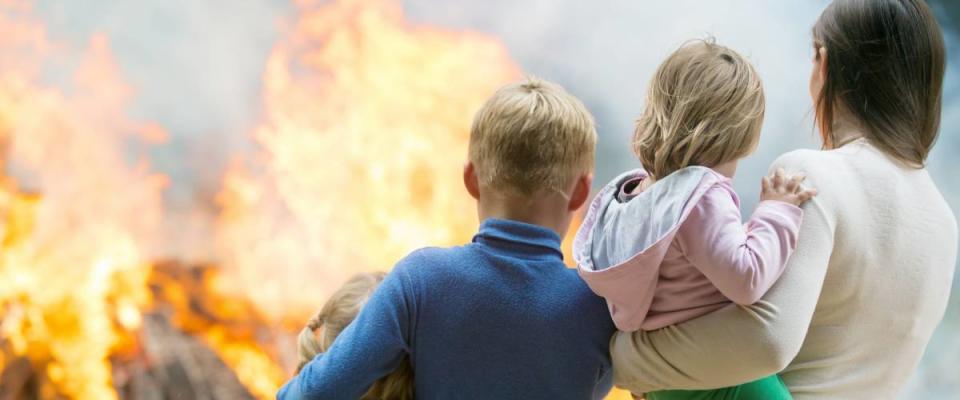
Fires often result when oil is heated too high.
Annual losses from cooking fires: $5.32 million
When frying foods in oil in your kitchen, be alert for wisps of smoke or a burning smell. Those are signs that the oil is dangerously hot, so you need to turn off the burner and move the pan away from the heat.
Heat oil slowly until you've reached the desired cooking temperature. Then, add the food slowly to the pan or pot so the oil won't splatter and burn you.
If a grease fire breaks out, don't ever throw water on it, State Farm warns. Have you ever seen what happens when you pour water on hot oil?
6. Texas
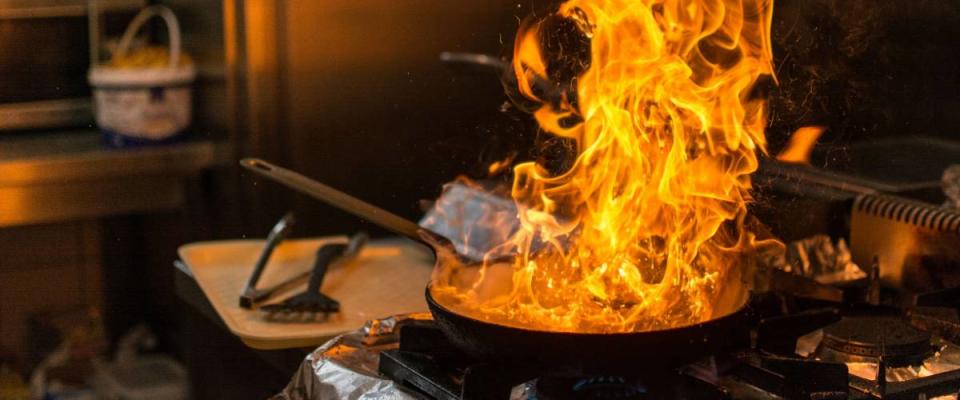
Keep a lid handy to smother grease fires.
Annual losses from cooking fires: $5.70 million
In March 2019, residents had to leave 24 apartments at a building in Tyler, Texas, because of a fire that started when tenants in one unit left food alone on the stove, fire officials said.
Kitchen fires most often result when people step away from something cooking on the stovetop. The NFPA says don't ever do that — particularly not if you're frying or sautéing food in oil.
Keep a lid handy, so you can use it to smother a small grease fire. When a fire is too big and too dangerous for you to fight, get outta there! Leave the scene and shut the door behind you to hold back the flames.
5. Pennsylvania
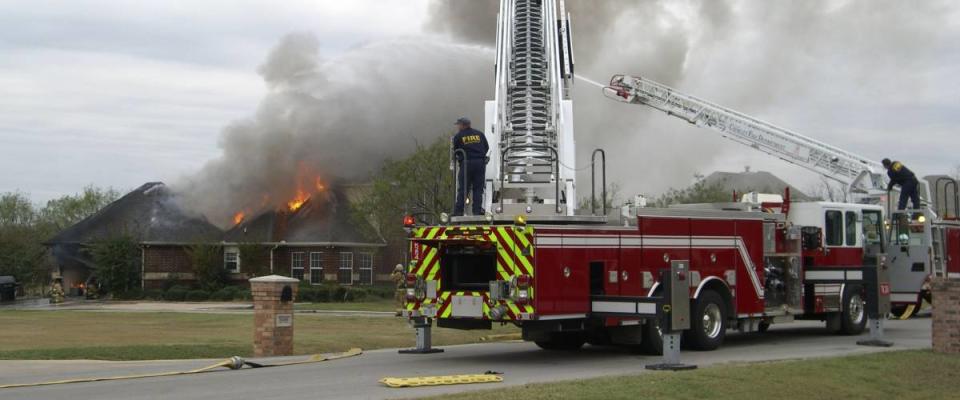
Protect your family by making sure your smoke detectors are working.
Annual losses from cooking fires: $5.73 million
An elderly couple died in the fall of 2018 while cooking in their western Pennsylvania home. A fire marshal said they were apparently overcome by smoke, The Associated Press reported.
Another tip for keeping your kitchen safe is to turn pot and pan handles away from the edge of the stove. It may seem inconvenient, but you'll be preventing kids or anyone else from accidentally knocking the cookware over.
Prevent fires in your microwave by keeping all metals out of the appliance, including utensils, aluminum foil and the twist ties that you might find on bags of bakery products or around some produce items.
4. Illinois

Stovetops are the most common source of kitchen fires.
Annual losses from cooking fires: $6.07 million
Stovetop cooking — involving ranges or cooktops — is the source of 3 out of 5 home kitchen fires, according to the NFPA.
Ovens are responsible for 13% of cooking fires. If flames break out in your oven, turn the heat off and keep the door shut, to prevent the fire from spreading.
If you try to fight the fire, tell others that they need to leave and make sure you have a clear path to get out. More than half (55%) of people hurt by cooking fires are injured attempting to put a fire out themselves.
3. New York
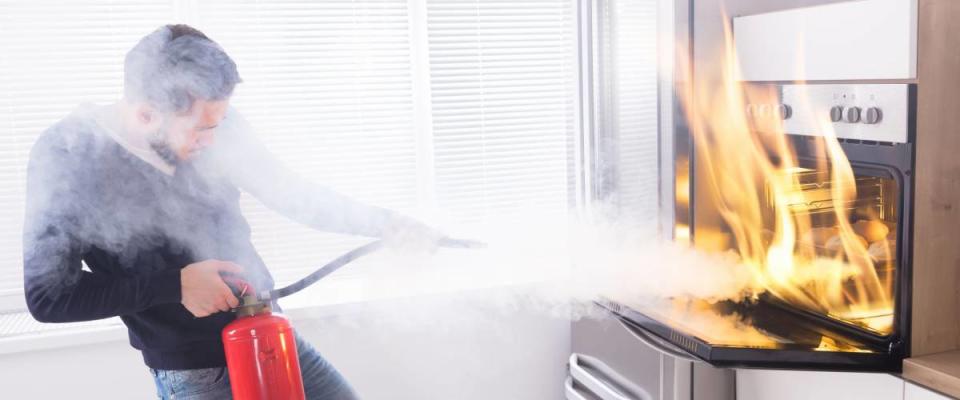
If you have a fire extinguisher, make sure you know how to use it properly.
Annual losses from cooking fires: $8.12 million
If you keep a fire extinguisher in your kitchen, be certain you know how to use it. Fire experts say it helps to remember the acronym PASS:
P: Pull the pin. Release the locking mechanism while you hold the extinguisher with the nozzle pointing away from you.
A: Aim low. Point the extinguisher at the fire's base, not at the tops of the flames.
S: Squeeze the lever. You want to do it slowly and evenly.
S: Sweep. Spray the fire by sweeping the extinguisher nozzle from side to side.
2. California
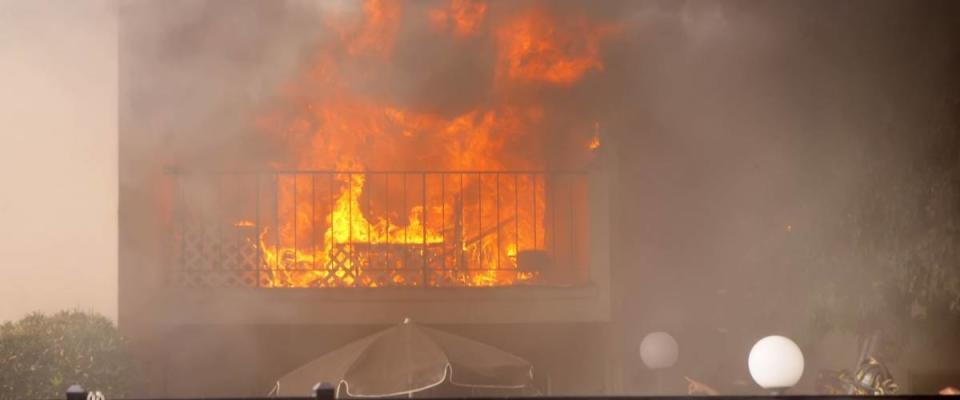
Take precautions in this kitche to prevent fires, like this apartment fire in Sacramento.
Annual losses from cooking fires: $8.21 million
When you've got food on the stove, keep towels, food packaging, wooden utensils and anything else that could catch fire — even oven mitts — far from the burners.
Push your shirt sleeves up, and be careful if you're wearing billowy clothing that might accidentally come in contact with flames or heat sources, says the NFPA.
When kids are around, keep them at least 3 feet away from hot cooking areas.
1. Georgia

Fire destroyed this home in rural Georgia.
Annual losses from cooking fires: $8.43 million
Southern cooks are known for their fried chicken — and fried catfish and chicken-fried steak and fried green tomatoes and fried everything else.
So maybe it shouldn't surprise anyone too much that Georgia is the worst state for cooking fires, according to State Farm.
But don't just take it from State Farm. The American Red Cross says its Georgia chapter responds to more home fire emergencies than any other Red Cross region in the U.S.
Join the MoneyWise mailing list. You’ll get the latest financial tips and news, straight to your inbox.
